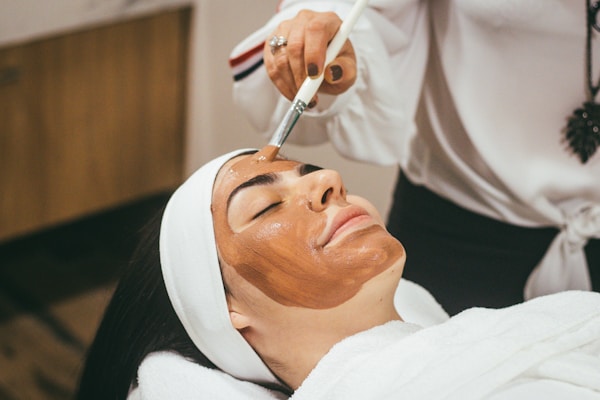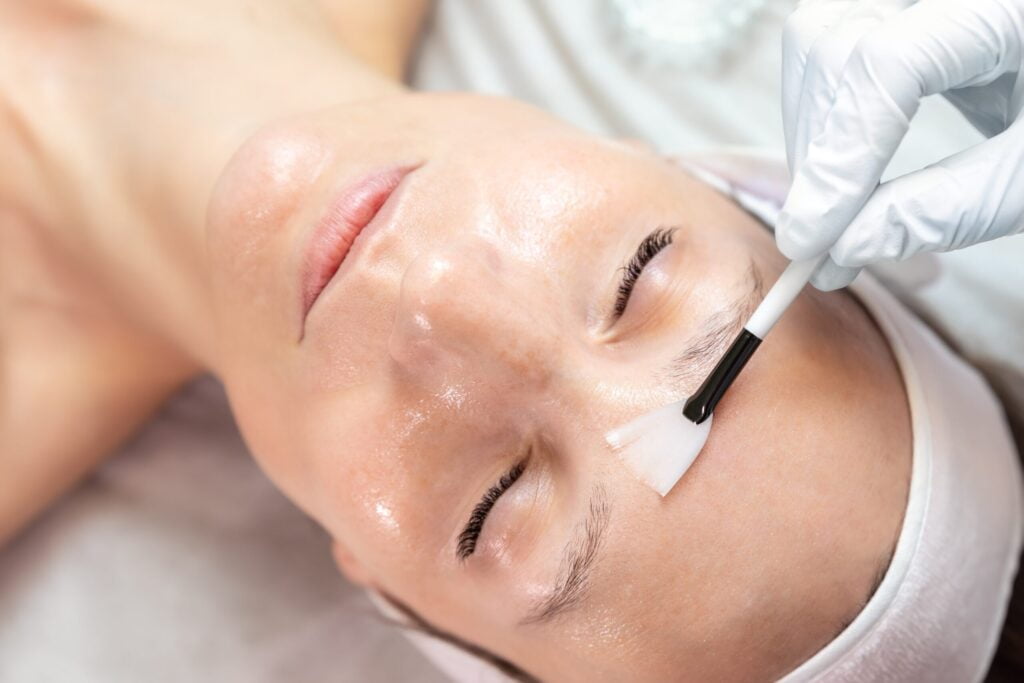A chemical peel is a popular skin treatment used to improve the appearance of the skin. It involves the application of a chemical solution to the face, which causes the top layer of skin to slough off and reveals a smoother, younger-looking complexion. Chemical peels can be used to treat a variety of skin conditions, from acne and sun damage to aging and wrinkles. Keep reading to learn more about chemical peels and how they can help improve your skin, and be sure to search for “chemical peeling near me” to set up your first appointment today.
How do chemical peels work?

Chemical peels are cosmetic treatments used to improve the appearance of the skin on the face, neck, or hands. They work by applying a chemical solution to the skin that causes the outermost layer to peel off, revealing smoother, younger-looking skin underneath.
The chemical solution used in a chemical peel varies depending on the type of peel and the patient’s skin type and concerns. The solution can contain a combination of alpha-hydroxy acids (AHAs), beta-hydroxy acids (BHAs), trichloroacetic acid (TCA), or phenol. During a chemical peel treatment, the solution is applied to the skin and left on for a specific amount of time, depending on the desired depth of the peel. The solution works to dissolve the bonds between the skin cells, causing the top layer of the skin to peel away. This process removes dead skin cells and stimulates the growth of new cells, resulting in smoother, more youthful-looking skin.
What conditions can chemical peels treat?
Chemical peels can be used to treat a variety of skin conditions, including:
- Acne: Chemical peels can help reduce the appearance of acne and acne scars by unclogging pores, removing dead skin cells, and promoting the growth of new cells.
- Hyperpigmentation: Chemical peels can help reduce the appearance of hyperpigmentation, such as age spots, sun spots, and melasma, by removing the outermost layer of skin and stimulating the growth of new, evenly pigmented skin cells.
- Fine lines and wrinkles: Chemical peels can help reduce the appearance of fine lines and wrinkles by promoting collagen production, which can improve skin texture and elasticity.
- Rough or dull skin texture: Chemical peels can improve skin texture by removing dead skin cells and stimulating the growth of new, smoother skin cells.
- Sun damage: Chemical peels can help reduce the appearance of sun damage by removing damaged skin and promoting the growth of new, healthy cells.
What is the recovery time after a chemical peel?

The recovery time after a chemical peel can vary depending on the type of peel and the depth of the treatment. Superficial peels, which are the mildest type of chemical peel, typically have little to no downtime, and patients can return to their regular activities immediately following the treatment. Medium-depth and deep peels, on the other hand, can have a longer recovery time. Medium-depth peels may cause some redness, swelling, and peeling for up to one week following the treatment. Deep peels can require up to two weeks of recovery time, during which the skin may experience significant peeling, redness, and swelling.
During the recovery period, it’s essential to keep the treated area clean and moisturized and avoid direct sunlight, which can further irritate the skin. Patients may also be advised to avoid strenuous exercise, saunas, and swimming pools for a few days following the treatment.
Altogether, chemical peels are an effective and safe way to improve the skin’s appearance and texture. They can be used to treat various skin issues such as acne, wrinkles, and discoloration, and can be tailored to meet an individual’s specific needs. Chemical peels can provide long-lasting results and are an excellent option for those looking for an effective, non-invasive solution to their skin care needs.








